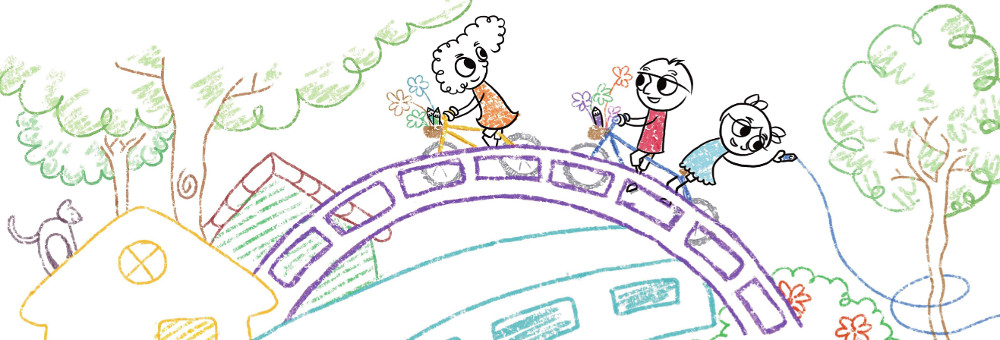Usability diagnostic tests with children is similar in many respects to usability testing with adults. To acquire the most out from the sessions, and be sure the child is comfortable and happy, there are several differences that you must be aware of.
Stress of new people and surroundings
Children are far more likely than adults to find encountering new spots and people stress filled. You should always remember this, therefore try to find as many ways as it can be to relax the child. Some things you could do will be:
— Allow a large period of time — at least 10 minutes – to meet the child. This is significant in placing them confident before beginning the session. A lot of easy things talk about could be computer games, cartoons, sports or perhaps school. Trying to make each of the equipment utilized during the program match that which the child uses at home/school (phone up their parents/teachers beforehand to check). – Try to end up being as relaxing and comforting as possible. Is actually especially important to generate it obvious to the child that you want their views on the web page and that you are not testing these people. – Policy for the fact that younger children may prefer their parents to remain in the evaluating room with them. Make sure that parents know that they should stay out of the child’s line-of-sight and not support or distract them.
Asking for help
Children are far more accustomed to asking for – and receiving — help than adults, therefore it is very important for the purpose of the ansager to:
– Obviously explain at the outset of the test that you would like the child to work with the site independent – Produce a suffered effort to deflect such questioning throughout the session itself
Specific manners of deflecting questions consist of:
– Answering something with a query (e. g. What do you imagine you should do now? ) – Re-stating that you would like the child to use the site automatically – Requesting the child to acquire one previous g’ just before you begin something else
Children receive tired, bored and discouraged more easily
Children (especially of youthful ages) are less inclined – and/or able – to use themselves to a single process for a extended period. A few ways to operate around this are:
— Limiting sessions to 1 hour or reduced. – Bringing short destroys during treatments if the kid becomes bannamlimxanh.net worn out or irascible. – Making sure sessions cover the supposed tasks/scenarios within a different order – this will make sure that similar scenarios are not always tested by worn out children, who also are less more likely to succeed/persevere. – Asking the child for help so as to provide them with motivation (e. g. requesting ‘Could you please understand for me how you can… ‘, or perhaps by truly pretending in order to be able find/do something on the site). – Keeping up a stable stream of encouragement and positive opinions (“You’re performing really well and telling us lots of beneficial things — it will genuinely help make the web page better. Keep it up! “).
The importance of nonverbal cues
Children can’t be relied upon to verbally articulate their thoughts/feelings, either because of their:
— Not being state enough — Being too shy – Not wanting to say the incorrect thing and displease a mature – Stating things they don’t believe just to please the mature
This will make it particularly important that the wonderful expert always be sensitive to children’s non-verbal cues, just like:
– Sighs – Smiles – Frowns — Yawns — Fidgeting — Laughing — Swaying – Body position and pose
Physical differences
A couple of extremely obvious – but easily forgotten – differences which in turn need to be considered are:
– Seat and table settings — Make sure you contain a chair/table setting which allows the child to comfortably use a equipment during the session. — Microphone placement – Children tend to have less busy voices than adults, thus microphones ought to be placed a little bit nearer to the participant than normal.
Levels of literacy and understanding
It is critical to ensure that a session’s participator has an appropriate understanding of the scenario becoming presented to them. Some ways to do that include:
– Requesting participants to re-phrase scenarios/goals in their own words. – Asking individuals to do it again a situation (i. at the. what they are trying to achieve) in the event the task moved on for some time and you suspect they may contain forgotten it.
